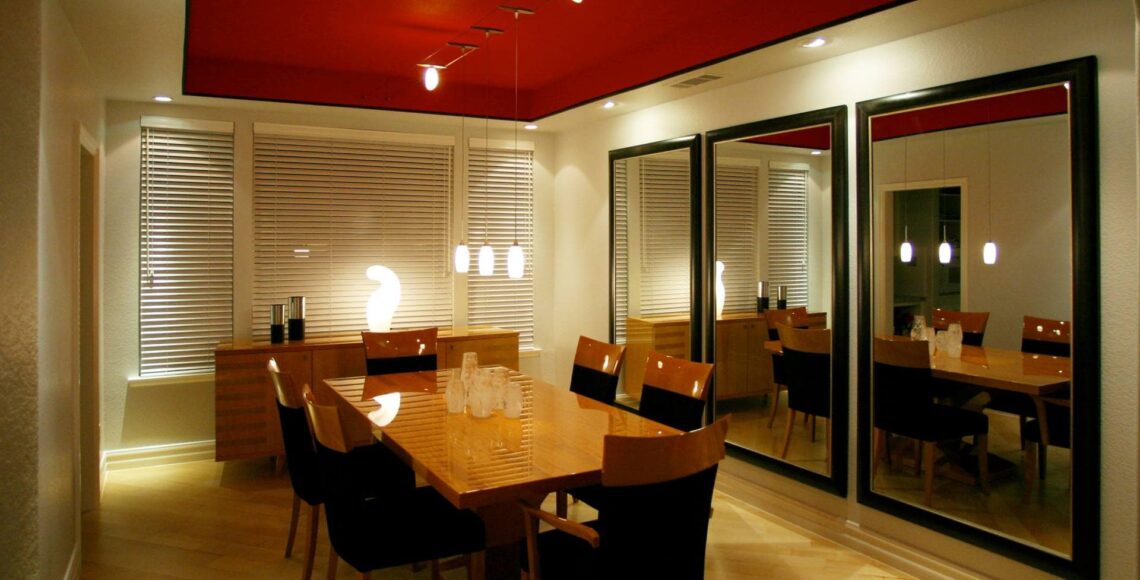Get the Most Out of Your Dining Room Lighting Design With These Tips From Our Del Mar, CA Expert
How you light your dining room could make your next dinner party a success or a total failure. The strength and placement of your dining room lighting design can either encourage guests to feel comfortable and relaxed, or make them feel overly stressed.
No one wants to go to dinner and feel like they are sitting in an interrogation room under a spotlight.
So, if you don’t know how to set up your dining room lights, or just want some inspiration for your home in Del Mar, we’ve got some answers for you.
Check out these amazing dining room lighting ideas to impress your guests at your next dinner party.

